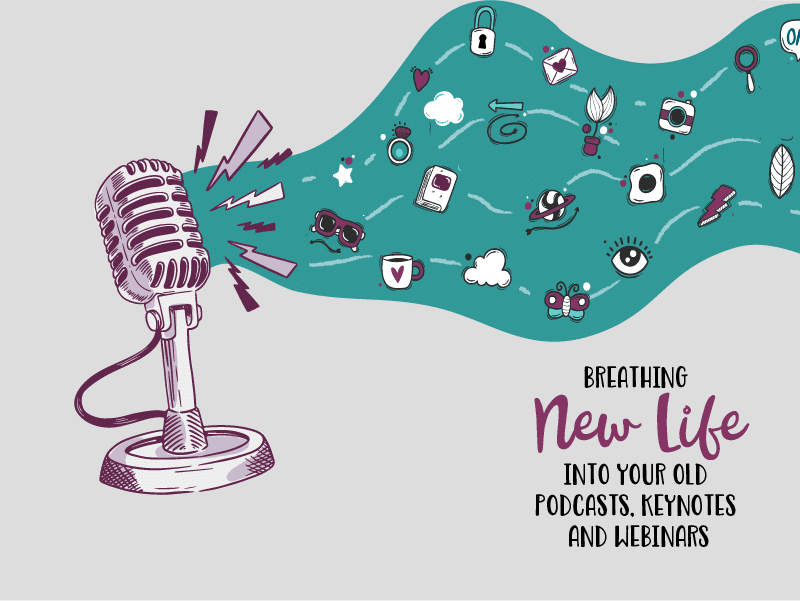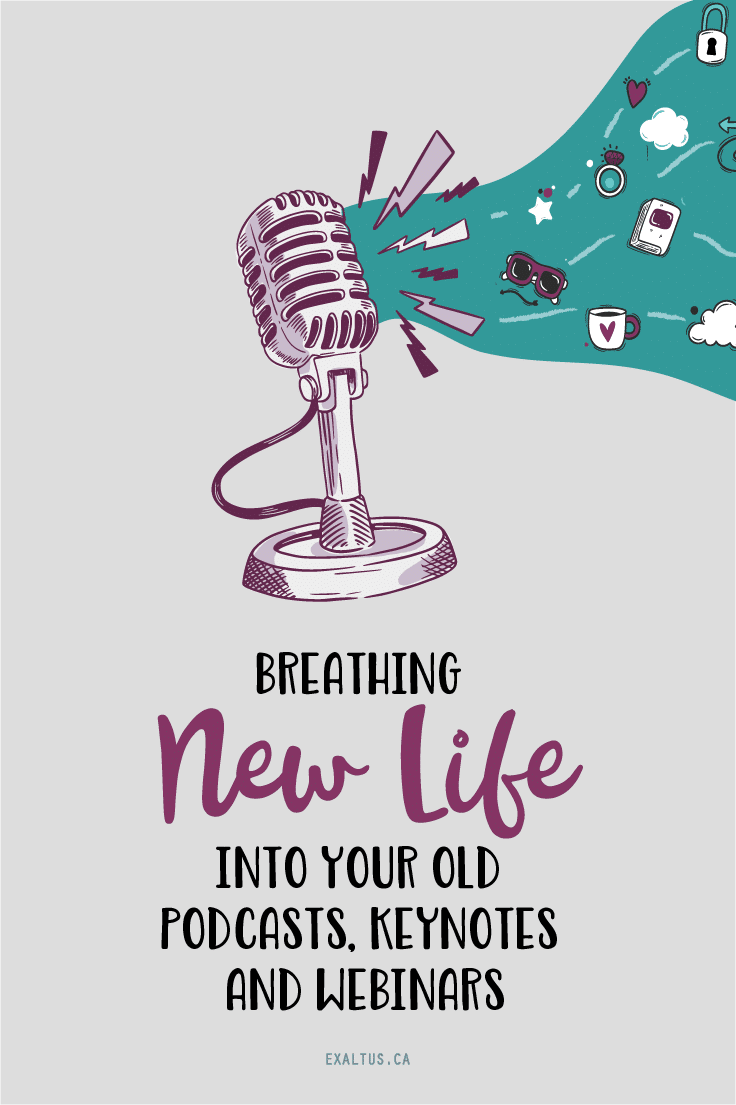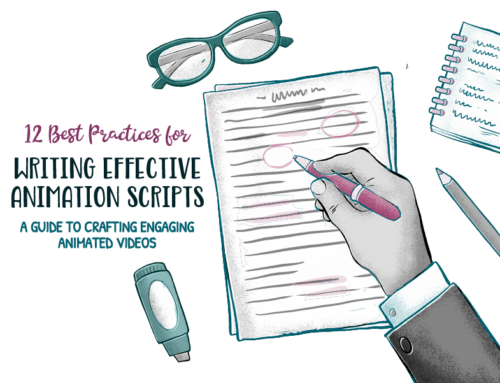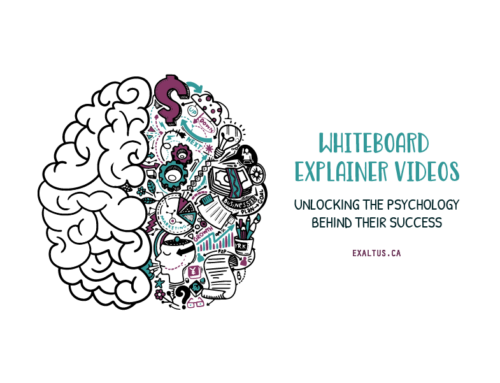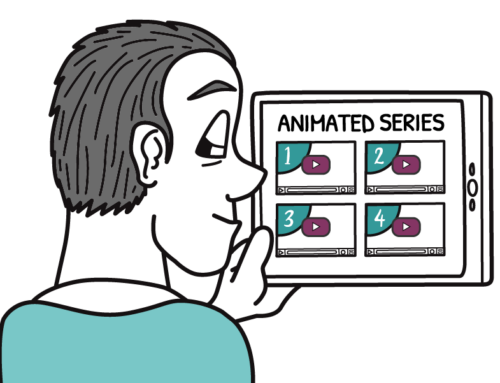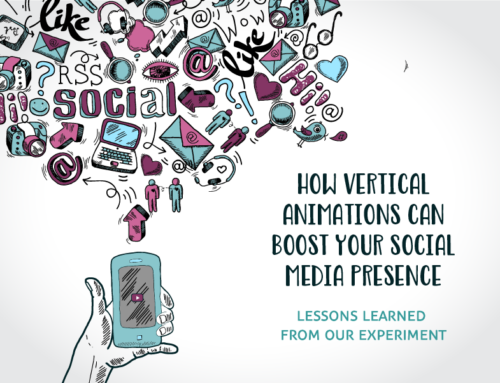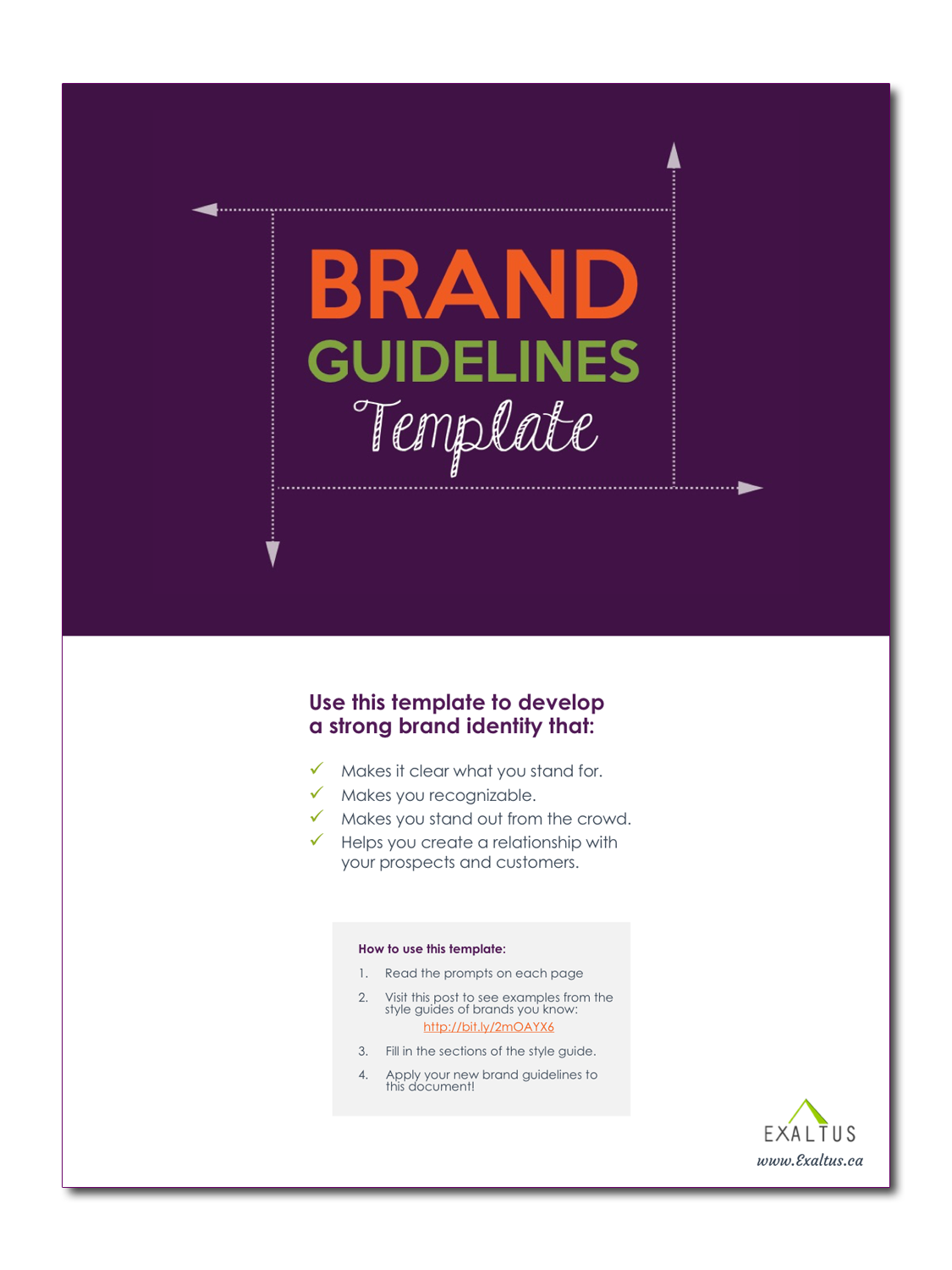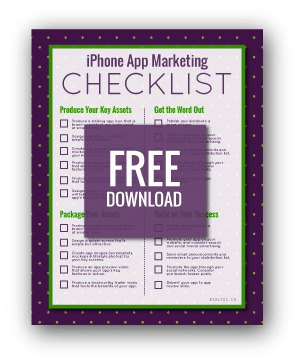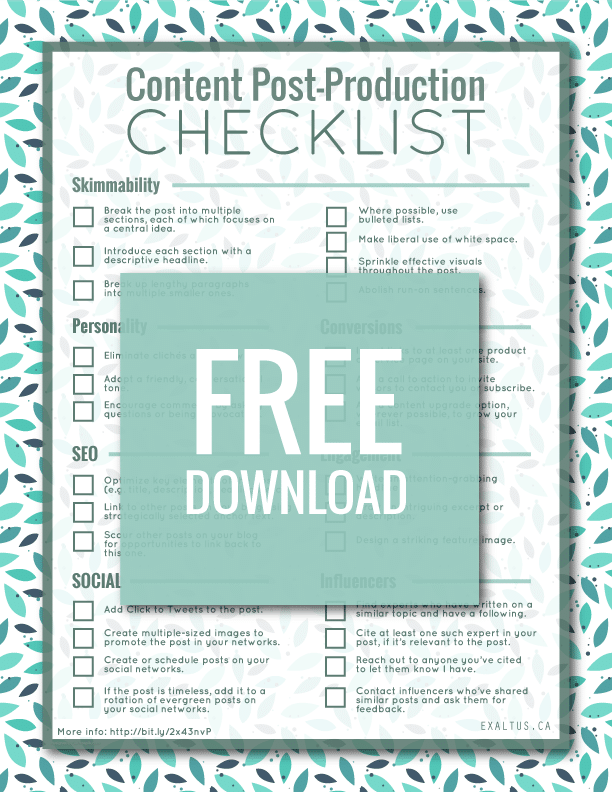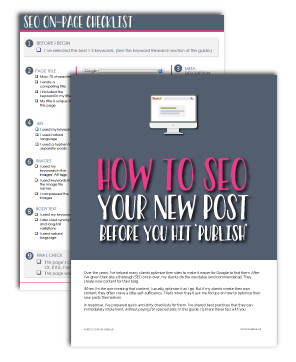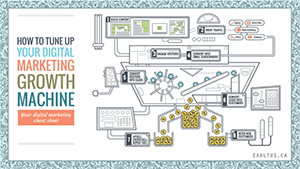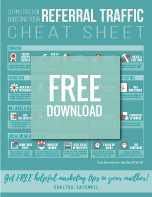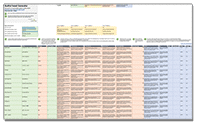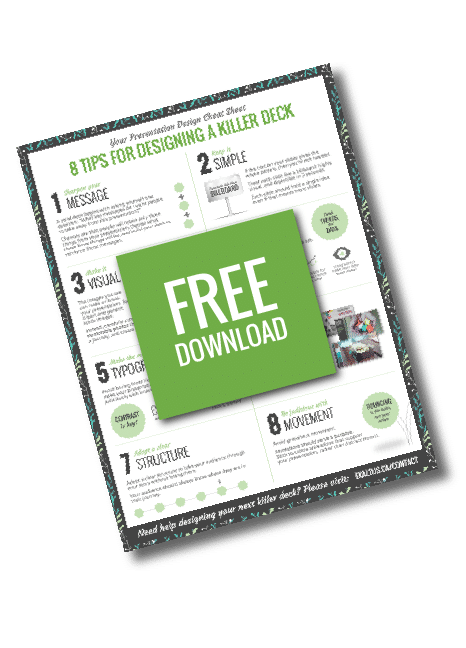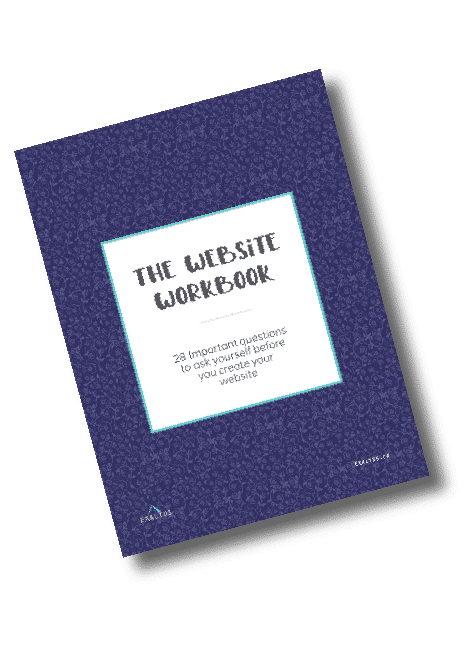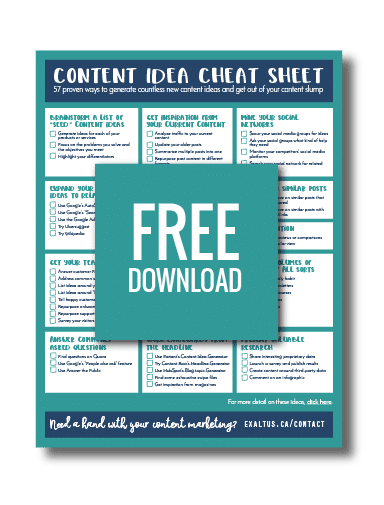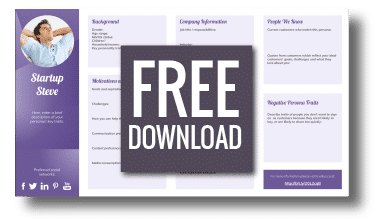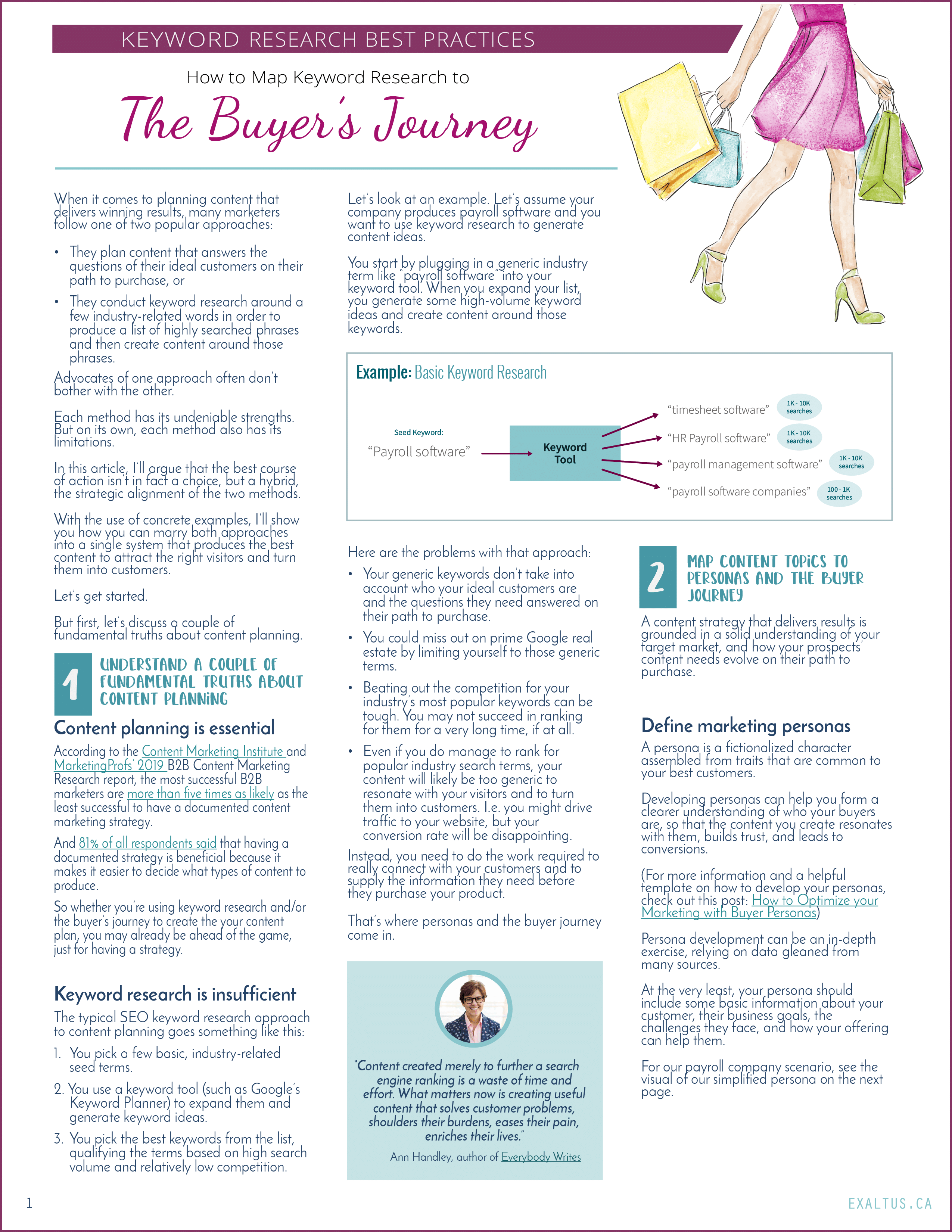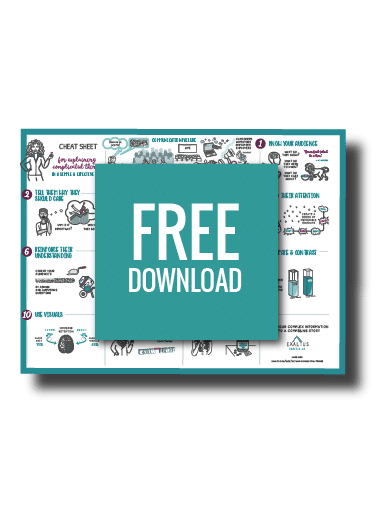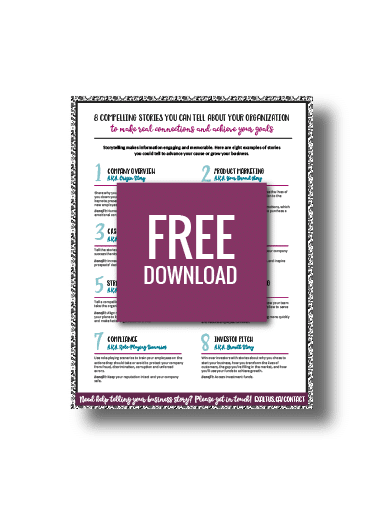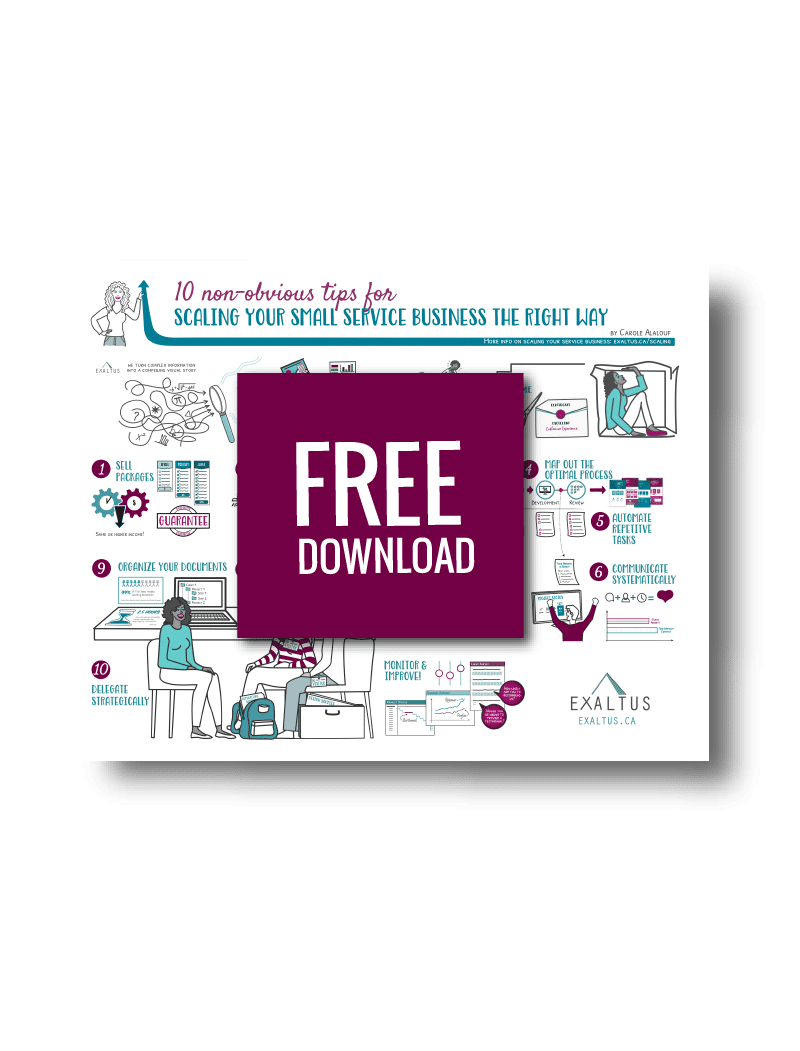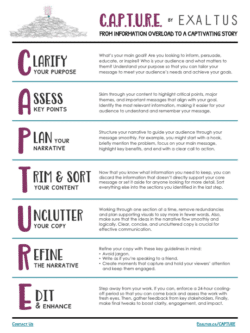Picture this. You’ve poured your heart and soul into an unforgettable event. The moment you stepped off that stage (or signed off the webinar or podcast), floating on a wave of accomplishment, was simply euphoric.
The applause, and the enthusiastic feedback were pure validation of your expertise and charisma.
But now, as the echoes of the event slowly fade into obscurity, you can’t help but feel a twinge of deflation. Is that it? Just a blip in time that will quickly be forgotten?
What if I told you there’s a way to preserve that magic, amplify its impact, and ensure it lives on in the minds of countless others?
Buckle up, because we’re about to embark on an exhilarating journey that will transform your event from a fleeting moment into an everlasting spectacle of inspiration. Prepare to soar to new heights and leave an indelible mark on the world.
From audio to whiteboard animation
If you’ve got some great audio handy from your appearance on a podcast or another event, I want to convince you to breathe new life into it by repurposing it as an engaging whiteboard video. That’s because there are endless benefits to whiteboard animation. Viewers of your video will be more likely to:
- Understand better: Amplify comprehension and retention by combining the power of visual and auditory stimuli.
- Connect with your content: Transform abstract concepts into captivating narratives through the art of visual storytelling.
- Stay engaged: Captivate audiences and keep them engaged throughout the entire duration of a video, leading to higher completion rates and increased message absorption.
- Take the action you hope they will: Boost your audience’s knowledge, confidence and motivation to act. (Check out this recent study, showing that our videos increased the motivation to act in 90% of respondents. And read our post about persuasive communication for more tips on the subject.)
Example: Repurposing a webinar
To create this whiteboard video, we repurposed audio from a webinar that Andy Crestodina, co-founder of Orbit Media, recorded with Template Monster.
Embrace imperfections: authenticity in motion
A hidden benefit of repurposing your talk rather than writing a script from scratch lies in your stumbles. That’s right—this is a time when imperfection might actually work in your favour.
Let me explain.
If your audio is from a podcast, there is a good chance you spoke in the first person, describing your thoughts and feelings on a subject.
You probably stumbled on your words at least once and threw in more than a few “ums” and other fillers.
When you watch yourself present in this way, you probably cringe. We all do.
But in a whiteboard video, where viewers have more visuals to occupy them than your reddening face… those natural speech patterns make the video feel more personal and authentic.
In truth, one thing I lament about the voiceovers I contract out to professionals is that they sound too scripted and unnatural.
Example: Repurposing a podcast
To create this whiteboard video, we repurposed the Embracing the Chaos episode of Mark Schaefer’s Marketing Companion podcast, from the start of the Covid pandemic.
How to convert audio into whiteboard videos
Creating a whiteboard animation from existing audio is a little different from our normal process. Here’s what you do:
- Edit the audio. Begin by transcribing the audio content to make it easier for you to visualize and massage the script. For a two-minute video, you’ll need to trim the audio down to approximately 300 words. We tend to repeat ourselves, so that may be easier than you think. At this stage, you may also want to reorder the ideas in the audio.
- Create a storyboard. Break down the script into scenes and determine the corresponding visuals that will enhance the message. Consider incorporating illustrations, icons, and relevant images that align with the audio content.
- Illustrate the visuals. Use hand-drawn illustrations, animated text, and visually appealing graphics to complement the audio and convey the intended message effectively.
- Whiteboard animate your visuals. Add movement and animation to the visuals to create a dynamic and engaging whiteboard video. Use a variety of animation techniques such as drawing, moving in, panning and zooming to keep the audience visually stimulated and focused. Align the visual to your voice.
- Integrate audio. Consider adding music and sound effects to bring your video to life.
Example: Repurposing a podcast
To create this whiteboard video, we repurposed this episode from Brian Fanzo‘s podcast.
Milk it!
Once you are satisfied with the final video, publish it on suitable platforms such as YouTube or your organization’s website.
Promote and share the video with your target audience to maximize its reach and impact. Here are just a few ideas to consider as part of your promotional plan:
- Share it on social media
- Email it out to subscribers
- Play it at future events
- Embed it in presentations
- Incorporate it into your training and onboarding programs
Check out this blog post for more tips on distributing your whiteboard video.
Example: Repurposing a podcast
To create this whiteboard video, we repurposed this episode of the I Made It podcast with Ann Handley, hosted by Jay Acunzo.
A final word
Converting audio from podcasts or live presentations into whiteboard videos provides a powerful medium for communicating complex ideas in an engaging and memorable way.
By combining the benefits of visual and auditory learning, whiteboard videos can enhance comprehension, increase engagement, and improve information retention.
If you’d like to breathe new life into your podcast or presentation by turning it into a whiteboard video, Exaltus can help! Please check out some of our other whiteboard animation examples, and contact us to tell us about your project.

